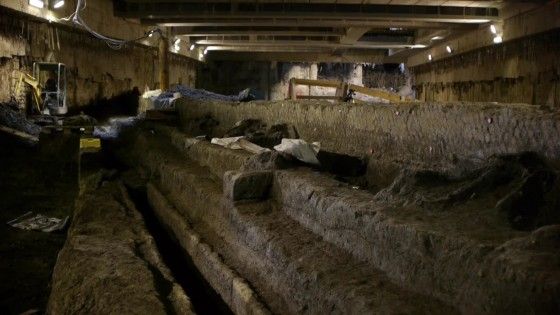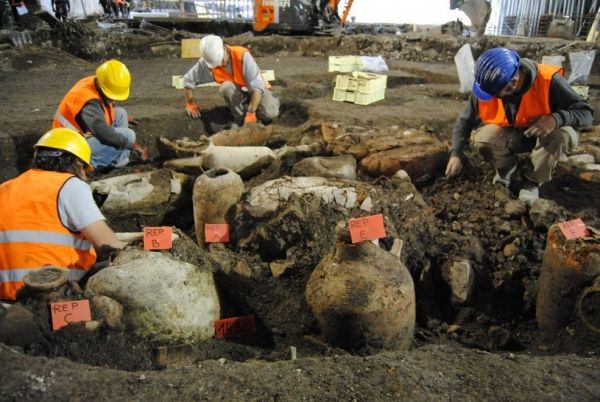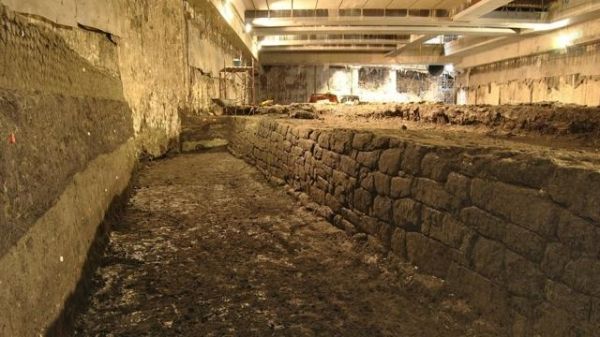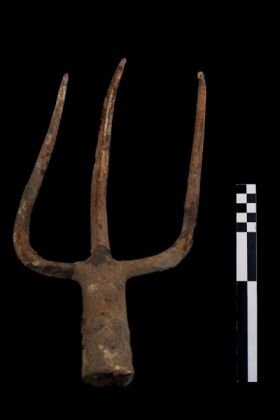Largest ancient Roman reservoir ever found
Archaeologists working alongside the excavations for Rome's new Metro C line in the S. Giovanni district have discovered one of the largest ancient Roman reservoirs ever found, dating from Imperial times.
Situated about 20 metres underground, the 2,450-sqm basin was lined with hydraulic plaster, according to the project's head archaeologist Rossella Rea who presented her findings at the American Academy of Rome on 3 December, along with her colleagues Francesca Montella, Simona Morretta and Paola di Manzano.
Rea said the reservoir was part of an ancient Roman farm – "the nearest to the centre of Rome ever found” – and that it could have held more than four million litres of water, used mainly for crop irrigation. Rea says that, in terms of size, the basin is imcomparable to others from ancient Roman agriculture, and that it functioned from the third century BC.
The 70 by 35-metre reservoir extends beyond the Metro C worksite, according to Rea, towards the nearby ancient walls where it is probably preserved. However she believes that a section of it near the existing metro A station was almost certainly "destroyed without its existence ever being documented". The archaeologists first came across signs of the basin in August 2012 and began tracing its perimeter.
The surrounding farm cultivated mainly fruit trees and vegetables, and lies under modern-day Via la Spezia and Piazzale Appio. Among the ancient artefacts found at the site were numerous peach stones, the remains of some baskets and a three-pronged pitchfork.
Photos La Repubblica, La Stampa


























